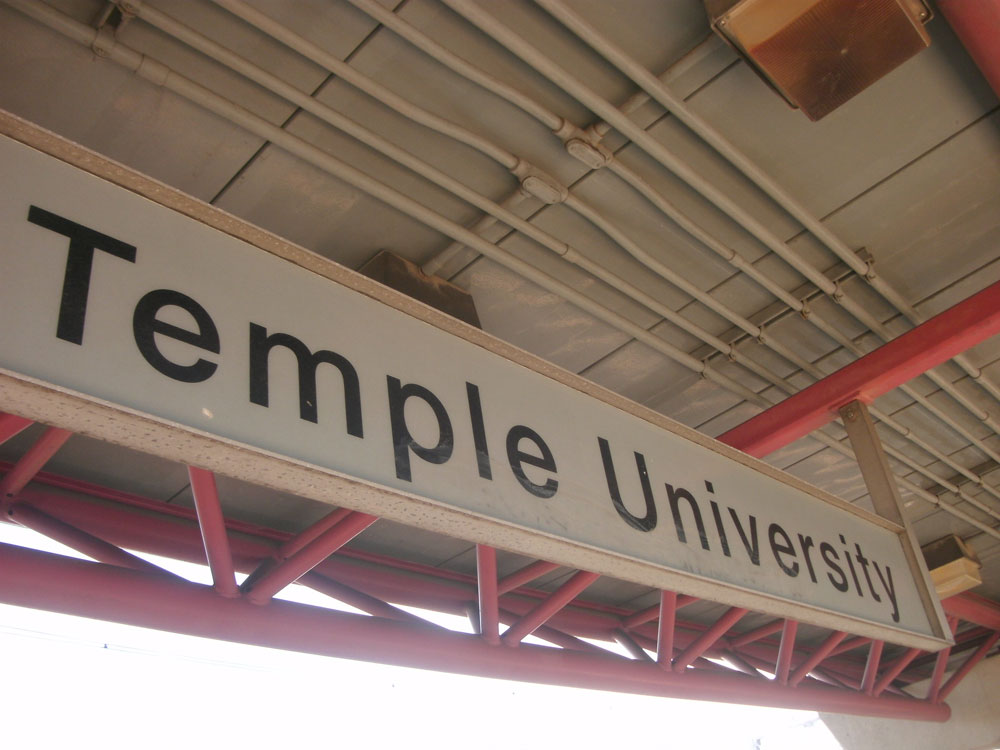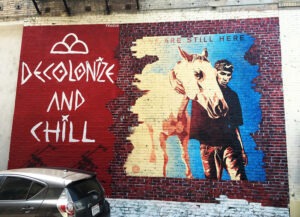
October 20, 2020; Temple University
NPQ avoids parroting stories that assert “giving is down this year” because it’s just not clear what is going on in terms of individual donations. We are, however, sure that other revenue flows—like contracts for certain kinds of services, and ticket sales for cultural institutions—are in serious trouble. Still, sometimes it appears to us that for too many observers, including the media, nonprofit revenue equates to donations—full stop.
In any case, we do see some organizations looking at record fundraising this year, including Temple University in Philadelphia, which broke its own record for gifts, exceeding it by $9 million for a total of $107,774,007. The school says the outpouring was in response to the pandemic and included a remarkable 20-percent jump in giving by alumni under the age of 30.
Sign up for our free newsletters
Subscribe to NPQ's newsletters to have our top stories delivered directly to your inbox.
By signing up, you agree to our privacy policy and terms of use, and to receive messages from NPQ and our partners.
The university launched special fundraising efforts not just for the institution, but for the needs of students whose lives were disrupted by the pandemic, and for front-line workers and their North Philadelphia neighbors. This provided a sense of community focus to even some of the multimillion-dollar gifts:
A $2.6 million grant to Temple’s Lenfest North Philadelphia Workforce Initiative (LNPWI) from the Lenfest Foundation will assist unemployed, underemployed, and underpaid Philadelphians. Established in 2018, LNPWI aims to revitalize the community surrounding Temple and break the cycle of poverty by helping residents secure jobs that pay family-sustaining wages.
Something in this story speaks to a sense of community and shared urgency that, in a downturn or crisis, drives donors to some issues over others. This was certainly true during the last recession, where donors stepped up for basic human needs but not for the arts, and evidence is emerging that indicates this may be part of what we are looking at. Charity Navigator reports its Giving Basket donation tool shows “from the beginning of March to October, Giving Basket donations to Feeding America have increased 1,980 percent year over year” and “donations to Doctors Without Borders have increased 131 percent year over year.” Additionally, there was a dip in overall giving during the last recession; that’s common during a downturn, but cases like Temple suggest certain types of “community glue” hold strong during these periods.—Ruth McCambridge













